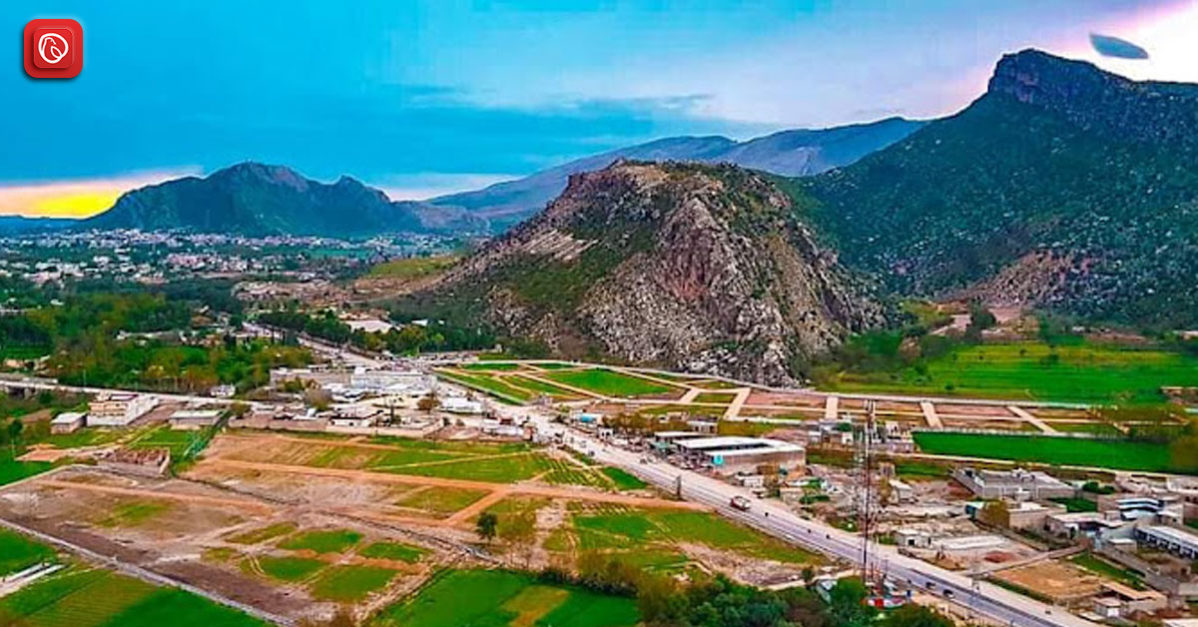Land cover is growing more quickly than urban populations, at estimates of twice the rate. But due to urban sprawl, the spreading of urban cities to surrounding agriculture or forest land is decreasing the density of the built environment. Factors contributing to urban sprawl include land-use patterns that prioritize personal vehicles, social norms that favour low-density housing, land-use segregation, economic incentives favouring low-density development.
As cities continue to experience growth in terms of population and migration from rural areas, boundaries are being set on their growth to minimise the impact on agriculture, forestry, and outdoor leisure. In face of a huge demand for housing, restrictions on the supply of land drive upmarket costs. The proximity of agricultural or business zones surrounding the periphery of cities also has an impact on housing prices. By effectively utilizing zoning and urban plans, cities can balance their land-use objectives to achieve a healthy, economically and socially vibrant community that is also affordable for a diverse array of residents. Intensification and densification are important concepts in zoning. Intensification involves focusing on redeveloping land within cities rather than developing peripheral farmland or forestland. Densification refers to increasing the number of households in a given area by using horizontal and vertical space. An important consideration in this regard is the greenfield and brownfield model of housing. Therefore, cities need to take context-specific steps to avoid an escalation of prices, leading to gentrification and pricing out lower to middle-income residents.
Greenfield vs Brownfield Model
The provision of affordable housing requires land and resources. Housing development sites can either be located on the outskirts of cities (greenfield) or be part of the existing land resource of cities (brownfield). Greenfield sites for housing allow for larger-sized homes as land supply is not constrained. Projects are easy to scale and development is not hindered by previous land-ownership issues during the state acquisition of land. But as these housing settlements are outside main city areas, there are high costs associated with setting up urban infrastructure and services. Greenfield sites are mostly developed on arable lands and could also affect the environment and wildlife. In contrast, brownfield sites reduce urban sprawl and encourage land re-use. The model is based on connectivity to reliable public transport infrastructure and encourages high-density living, making better use of land allocated to housing. Although the high cost of housing due to increased demand in cities makes this model difficult for lower to middle-income groups, it provides greater connectivity to urban infrastructure, service, and the job market. It can also lead to gentrification, pushing those with lower means to urban fringes. Acquiring greenfield land is easier and cheaper than brownfield land. Cities with large amounts of land surrounding them can use the greenfield model as it has shown in many US cities to provide affordable housing to residents. But where land supply is restricted, brownfield sites are more common. Cities use zoning laws and regulations to either restrict housing supply and inflate prices or spur growth in affordable housing units by stabilizing prices. (PBCtoday, 2017) (Canterwood, 2021)
Conventional Single-Use vs Mixed-use Developments
The conventional single-use zoning methods emphasize the separate and specific use of land, which can become controversial if they do not reflect the community’s needs. Decisions on the type of housing units and mobility can have implications for health and safety. Affordable housing strategies often aimed towards creating vibrant communities through policies of inclusionary zoning are defined as mixed-use. Mixed-income communities are considered to be more diverse and socially cohesive. For this reason, many cities use inclusionary zoning which requires developers to build a specific number of homes as a proportion of development value. Mixed-use developments can range from single buildings to large scale neighbourhoods that include residential, commercial, retail, recreational, green, and other kinds of spaces. Although adopting a mixed-use zoning method has remained controversial throughout history, there is increasing evidence that trends are changing due to the benefits that come along with it. Mixed-use developments can help in reducing commute times to work and travelling time to shops. They can revitalize neighbourhoods by creating a sense of community and accommodate higher housing densities as there is likely to be less opposition to increasing density in commercial spaces than existing residential spaces. (Qing Shen, 2020)
Policy Objectives for Zoning of Affordable Housing Projects
The absence of policies to incentivize development on underutilized, underdeveloped vacant land in cities contributes to a shortage of housing supply. This also contributes to speculative land banking and drives up the prices of homes. Resistance towards affordable housing from residents in buildings due to concerns of negative impacts on neighbourhoods are also a major concern. Therefore, policy enforcements to bring vacant properties into the affordable housing market are needed. Banks that repossess homes unoccupied for more than two years should turn them into affordable housing to accelerate the mortgage market. Another policy area can be to turn hotels into permanent supportive housing for the homeless if such hotels do not conform to local zoning regulations. Lastly, social media should also be effectively utilised to establish communication channels and understand neighbourhood sentiments to develop solutions acceptable to them. (World Economic Forum, 2019)




